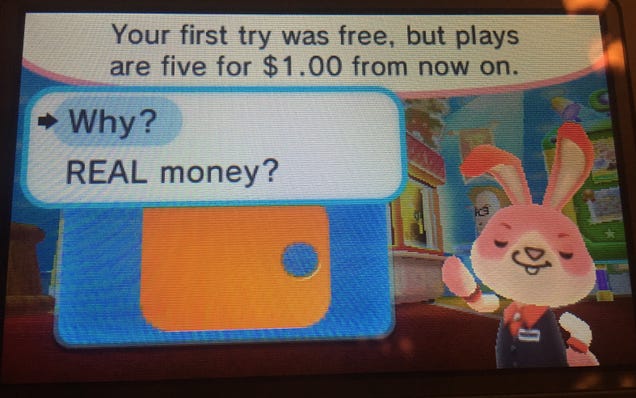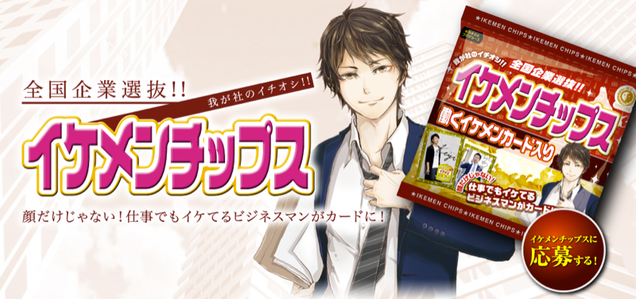Like crossword puzzles and Sudoku, picross has historically been a no-frills affair. The meat is within the puzzle design itself, and if the pictures happen to resemble recognizable licensed characters, that's just gravy. Pokemon Picross, Nintendo's latest free-to-play 3DS experiment, attempts to add flourishes from one of its most successful franchises. The idea successfully livens up the formula despite some questionable design choices.
The Art of Numbers
For the uninitiated, Picross is essentially a game of math and logic. You're given blank rows and columns along with the knowledge that a certain number of blocks within them should be filled in. From there it's a matter of sussing out which blocks can be filled in with certainty, which then leads to others, and then others. The end result is a simple picture made of pixel-art. I've always enjoyed picross games as a meditative experience, since slowly chipping away at a puzzle is both satisfying and calming.
This being a Pokemon-themed game, of course, the vast majority of the puzzles are portraits of Pokemon themselves. Finishing a stage lets you "catch" that particular pocket monster, which then lets you use their abilities in future stages. Those powers bear a striking similarity to the optional help tools in the 3DS Picross E series, like highlighting actionable rows in blue or revealing a small set of blocks to get you started. Unlike in Picross E, however, these are powers with a cooldown timer, so you can't necessarily rely on them for every stage. The roster of Pokemon is massive enough that you can usually swap out a resting Pokemon for a fresh one if need-be.
Their strength level determines how large of a puzzle they can handle. As you approach later stages, most of the earlier ones will be functionally useless, stressing the importance of conquering every stage to catch them all.
Mission Control
The currency here is Picrites, which you can get by completing Missions. Each stage has three optional objectives, and you get a bonus for completing them all in one go. These range from equipping a certain number of Pokemon, or a certain type, to using a particular power-up. The latter requirement struck me as strange, since rewarding the use of power-ups means you get more currency for making the puzzle easier. It would make more intuitive sense, and be more rewarding, to receive a bonus based on using fewer powers, not more.
The interface for missions can be a bit of a pain, since there's no way to automatically equip the necessary skills and Pokemon to complete them. That means between each puzzle, you need to check the mission requirements, go into your roster, swap out the correct Pokemon if you have them, and make sure you have access to the correct powers. It's not particularly difficult, just time-consuming busywork.
Pokemon at a Premium
What gives this busywork a sour taste is the fact that Picrites are also this game's premium currency, and so making it inconvenient to earn them naturally seems driven by commercial interests. We make it a point to review games without considering their price points, but F2P games are such a fusion of creativity and commerce, and the monetization hooks are embedded so deeply into fundamental game design decisions, sometimes it's difficult to tell where one ends and another begins.
Nintendo has been remarkably honest in its moves toward free-to-play, instead regularly calling it “free-to-start.” The language sends a clear message that at a certain point, you can no longer earn your way through the game. The gates that lead to different areas in Pokemon Picross are increasingly expensive, and you can't earn Picrites by repeating a mission, so it seems unlikely that a player could play their way through it entirely without some investment.
Pokemon Picross also comes with an energy mechanic based on how many squares a puzzle requires, but I didn't find it too onerous since I'd only play in short bursts anyway. If you invest your Picrites in upgrading your energy meter, it eventually just gives you infinite energy. Once you hit 5000 Picrites purchased through the shop--about $30, if you purchase the right packages--you unlock the ability to just buy Picrites for free, making that the de facto price for the full game. That means that Nintendo is at least gracious enough to give its F2P hooks an end-point, even if it's one that's relatively high for a picross game.
Pocket Monsters, Big World
However, Pokemon Picross is massive, so longevity certainly isn't lacking. It comes with 30 areas, two large-scale murals composed of smaller puzzles, special stages to help your Pokemon Mega Evolve, and randomized encounters that appear occasionally on the map to catch rare creatures.
It is a Picross game at its core, but Nintendo has found enough ways to integrate the Pokemon mythos that it feels fresh and new. While it's certainly strange that you're essentially penalized for challenging yourself, and the asking price to access all the content may feel too steep, it is a creative take on the classic puzzle type. For Picross devotees or Pokemon fans, it's certainly worth exploring.
This review is based on a 3DS code and eShop credit provided by the publisher. Pokemon Picross will be available in on the Nintendo eShop on December 4, for free with premium currency. The game is rated E.
























